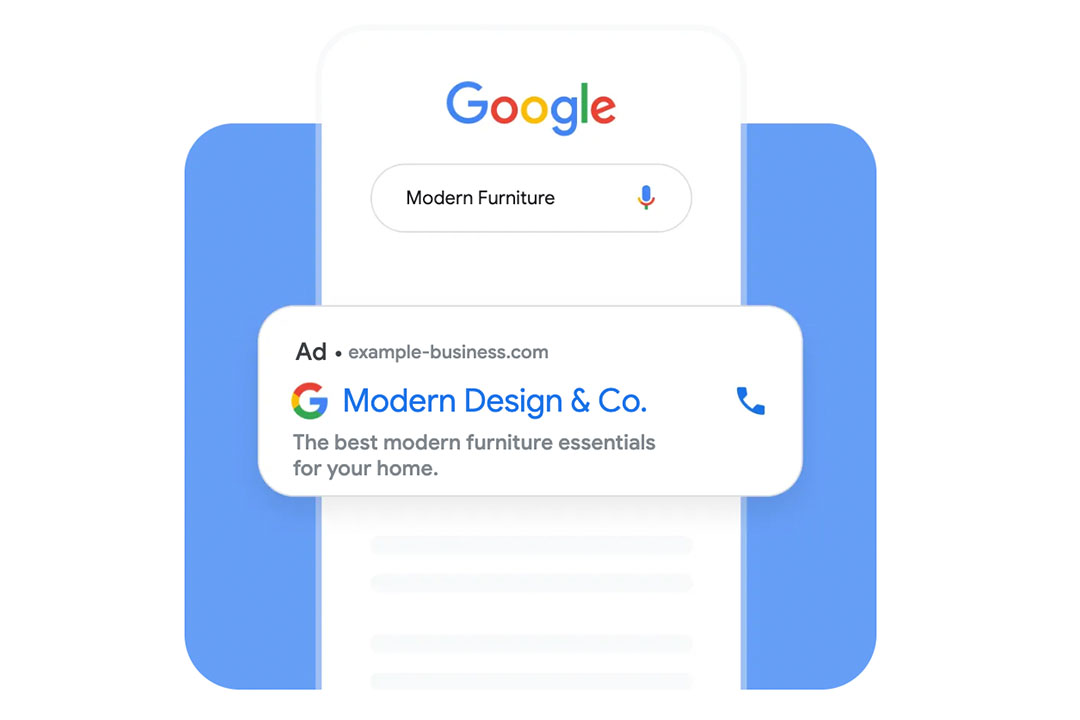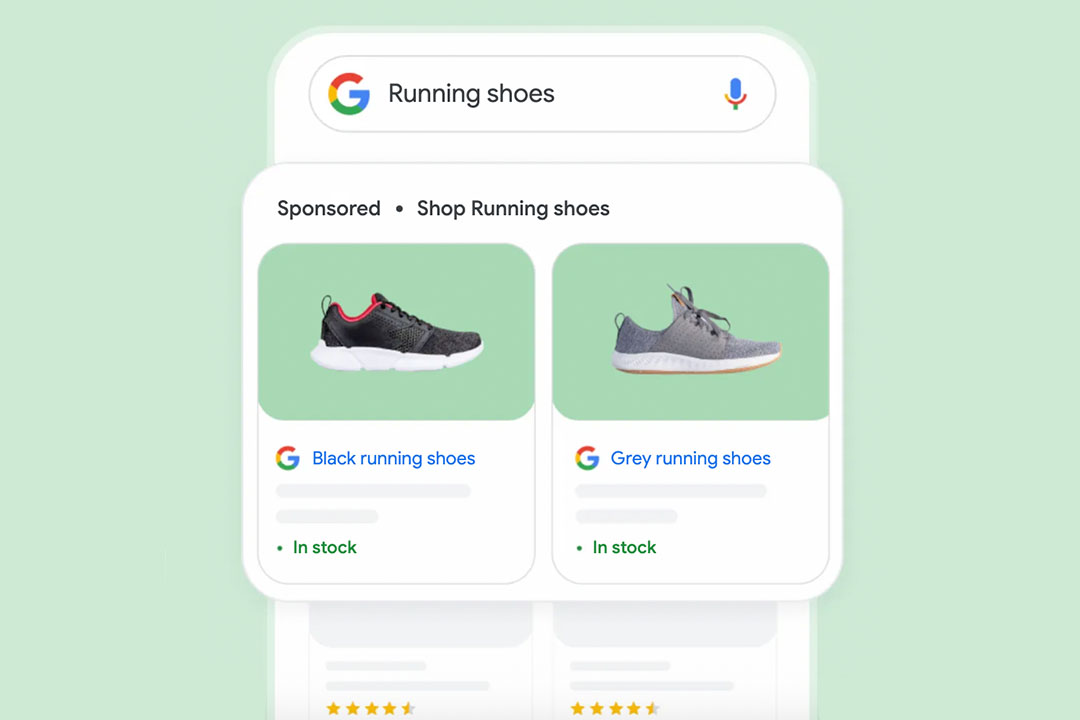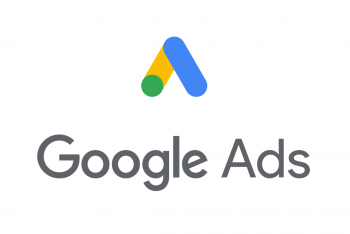Search Ads vs Shopping Ads: What Works Best for Your Google Ads Campaigns?
Search ads vs shopping ads is a common question for businesses investing in Google Ads.
Both formats can drive sales and visibility, but they work in different ways and are suited to different goals.
Search ads rely on keyword-driven text campaigns, while shopping ads use product feeds to showcase items with images, prices and merchant details.
Understanding the differences can help you decide where to focus your budget.
Search Ads vs Shopping Ads: A Comparison
Here’s a quick comparison of search ads vs shopping ads:
| Feature | Search Ads | Shopping Ads |
| Format | Text only | Image, price, title, merchant, rating |
| Targeting | Keywords | Product feed (Merchant Centre) |
| Best For | Services, lead generation, broad queries | E-commerce, product sales, comparison buys |
| Intent Level | Mid- to high-funnel | High purchase intent |
| Cost Model | PPC (per click) | PPC (per click) |
| Control | High control over keywords and copy | Limited keyword control, reliant on feed |

Search Ads
What Are Search Ads?
Search ads are the most common type of paid advertising on Google(external link).
They appear at the very top or bottom of search engine results pages when someone types in a query.
Unlike organic results, search ads are clearly marked with an “Ad” label, but they look similar to the other listings, which makes them effective in capturing clicks.
A typical search ad includes a headline, display URL, and description, with optional extensions such as phone numbers, site links, or reviews.
The main strength of search ads is that they target intent.
When a user types “emergency plumber Wellington” or “best SEO agency NZ,” they are actively looking for help, and search ads allow you to appear right when that intent is at its peak.
How Do Search Ads Work?
Search ads operate on a pay-per-click (PPC) auction system.
Advertisers choose keywords they want to target and set a maximum bid for each click.
Google then runs an auction every time someone types a search query, determining which ads appear and in what order.
It’s not just about how much you bid, Google also considers Quality Score, which is based on ad relevance, expected click-through rate, and the landing page experience.
This means even smaller advertisers with well-optimised ads can compete against larger budgets if their ads are highly relevant.
Search ads can also be fine-tuned with options like:
- Exact match vs broad match keywords
- Geographic targeting (down to postcodes or suburbs in New Zealand)
- Device targeting (mobile vs desktop)
- Ad scheduling (only showing ads during business hours or weekends)
When Should I Use Search Ads?
Search ads are highly versatile, making them a great choice for a wide range of businesses. They are particularly effective when you want to capture users with high commercial intent, people who are ready to take action, such as calling, signing up, or making a purchase.
Situations where search ads are most useful include:
- Local services: A plumber, lawyer, or dentist wanting to attract clients in their city.
- Lead generation: Businesses offering B2B services that need form fills or demo requests.
- Seasonal campaigns: Driving traffic during specific events such as tax season or holiday sales.
- Competitor targeting: Bidding on competitor brand names to capture potential switchers.
Search ads give you flexibility across industries.
Whether you’re an e-commerce store wanting extra coverage or a service provider needing steady leads, they can deliver measurable results.
Benefits of Search Ads
- Flexibility: You can target almost any keyword relevant to your business.
- Cost control: Budgets can be tightly managed with CPC (cost per click) bidding.
- Scalability: Campaigns can expand to cover hundreds or thousands of keywords.
- Targeting options: You can refine by location, device, audience segments and time of day.
- Performance data: Search ads deliver measurable results through Google Ads and Google Analytics.

Shopping Ads
What Are Shopping Ads?
Shopping ads are designed specifically for e-commerce businesses(external link).
Instead of a text headline, they feature an image of the product, the price, store name, and sometimes reviews. These ads often appear in a carousel format at the very top of the search results, above even search ads.
For example, if someone searches “buy running shoes NZ,” Google will show a range of Shopping ads from different retailers, each with a product photo, price, and link directly to buy. This format gives users more information upfront and helps them compare options quickly.
Shopping ads are powerful because they connect product-focused searches with immediate purchase opportunities, bridging the gap between browsing and buying.
How Do Shopping Ads Work?
Unlike search ads, shopping ads do not rely on keyword bidding in the traditional sense.
Instead, they use product data feeds submitted to Google Merchant Centre. These feeds include information like product titles, descriptions, categories, images, and prices.
Google uses this data, combined with a retailer’s bids, to automatically decide which products to display for a given search query. The relevance of the product title and feed quality are critical, if your data feed is poorly optimised, your products may not appear for important searches.
The bidding model is still pay-per-click (PPC), meaning you only pay when a user clicks on the ad.
However, you can’t directly choose keywords. Optimisation comes from improving your product feed, adjusting bids, and structuring your campaigns effectively.
What Should I Use Shopping Ads For?
Shopping ads should be used whenever your goal is to drive direct product sales online. They are perfect for showcasing items where the purchase decision relies heavily on visual confirmation (such as clothing, electronics, or furniture) and price transparency.
Key use cases for Shopping ads include:
- E-commerce stores: Promoting entire product catalogues.
- Seasonal promotions: Pushing sales for Black Friday, Christmas, or back-to-school campaigns.
- High-competition products: Standing out in crowded markets where visual ads attract more clicks than text alone.
- Product comparison searches: Ensuring your store is visible when customers compare products across multiple retailers.
When Should I Use Shopping Ads?
Shopping ads are best when you want to target users at the bottom of the funnel, meaning they are ready to buy. If someone is searching for “buy Samsung Galaxy S23 NZ” they already know what they want, and a Shopping ad showing the product image, price, and store link is highly effective.
They are also valuable if you want to showcase multiple products at once. Google may show more than one of your items in the Shopping carousel, giving you extra visibility compared to just one text ad.
For New Zealand retailers, Shopping ads are particularly useful in competitive categories such as electronics, clothing, sports gear, and homeware, where consumers shop around before committing.
Benefits of Shopping Ads
- Visual impact: Images and prices stand out compared to text-only search ads.
- Higher purchase intent: Users clicking on shopping ads are usually closer to conversion.
- Product-level performance data: You can measure which SKUs generate the most clicks and sales.
- Broader reach: A single query can show multiple products from the same retailer.
- Better ROI for e-commerce: Shopping ads often achieve higher click-through rates (CTR) for retailers.
Conclusion
When it comes to search ads vs shopping ads, the best option depends on your goals.
If you want flexibility and the ability to target a wide range of services or industries, search ads remain a proven solution.
If you sell products online and want to capture high-intent buyers with strong visual impact, shopping ads are essential.
Many New Zealand businesses use a hybrid strategy, combining both formats to maximise reach and return on investment.
If you'd like to chat to one of our experts about your Google Ads strategy we'd love to hear from you!




